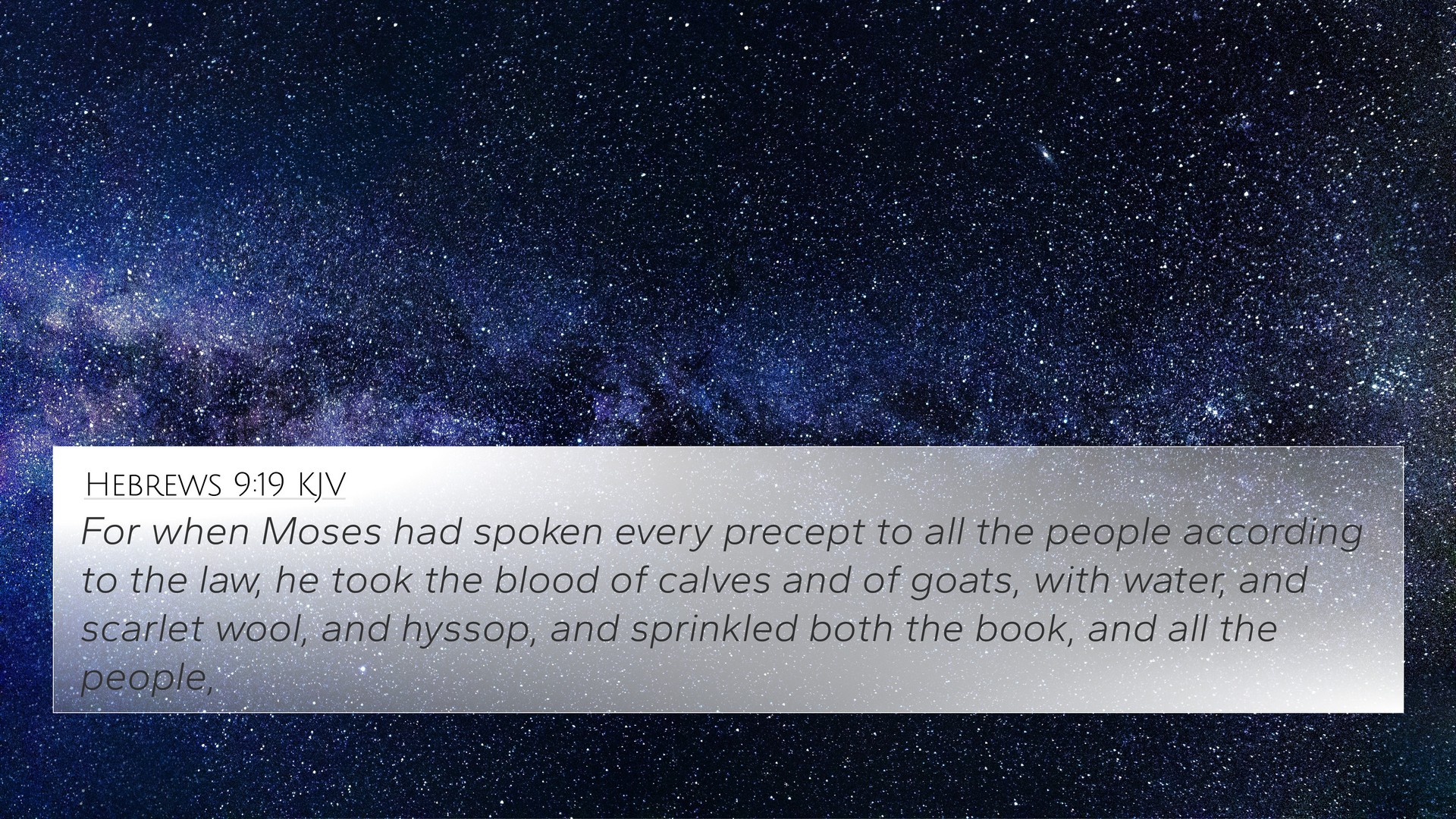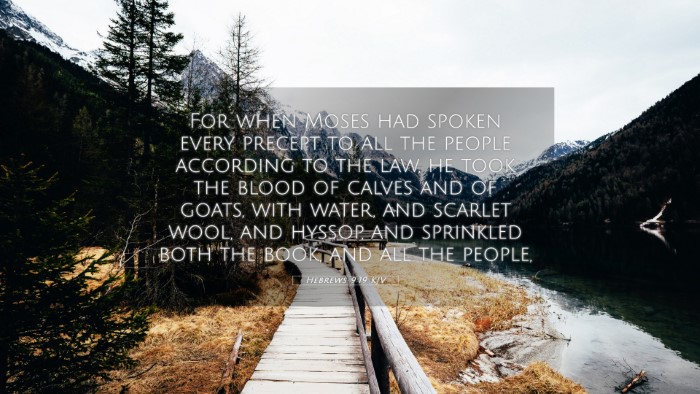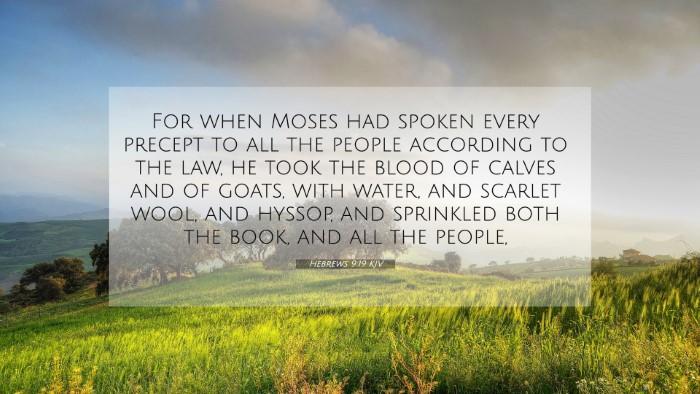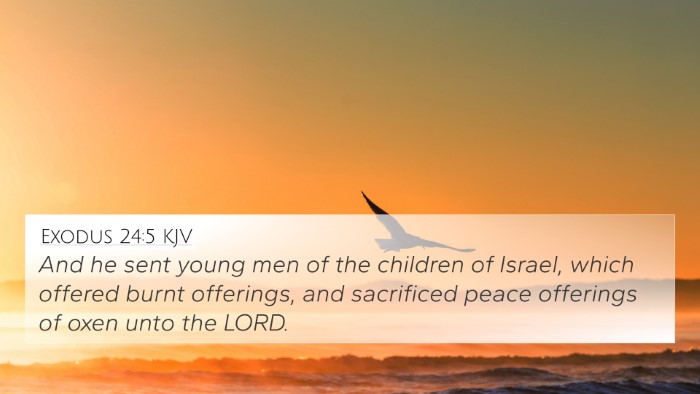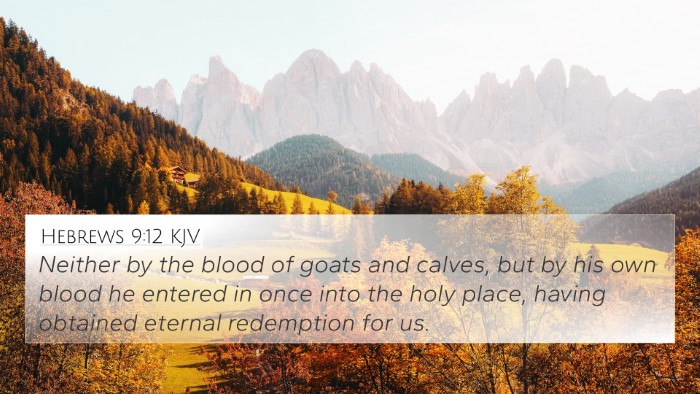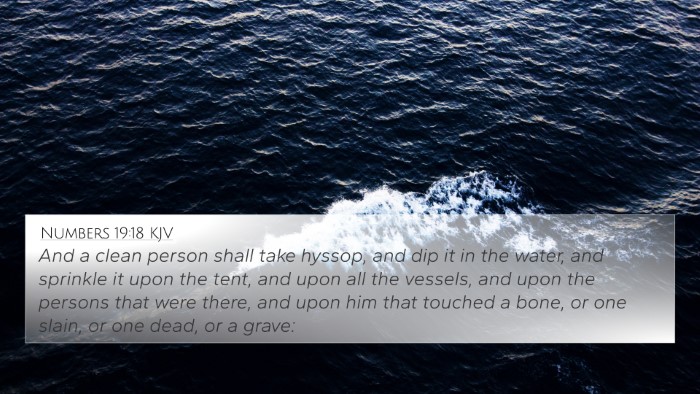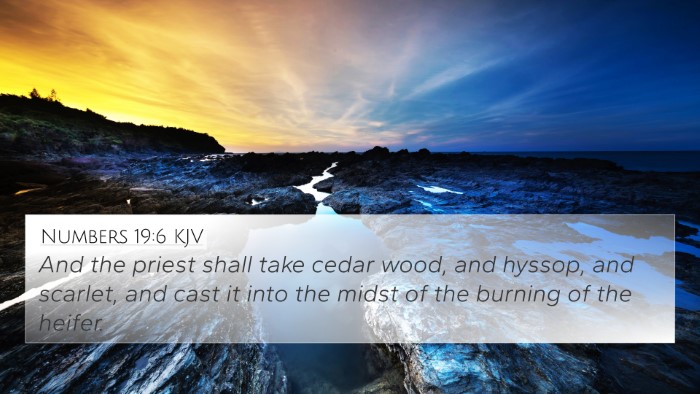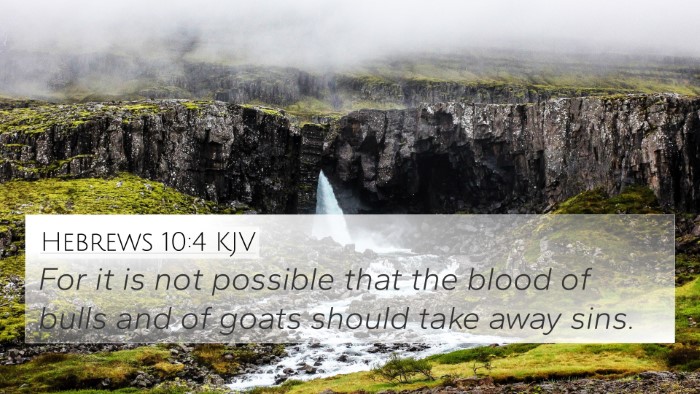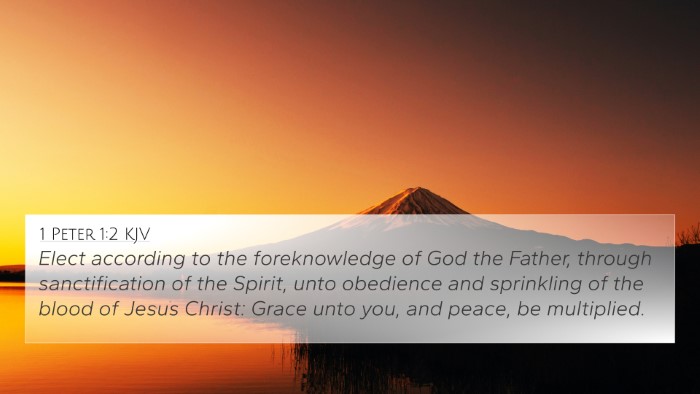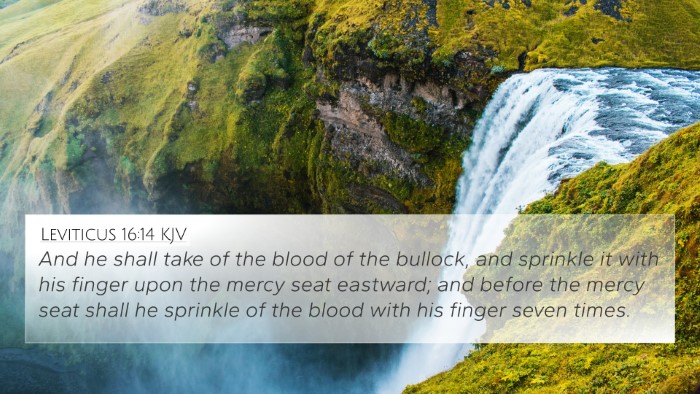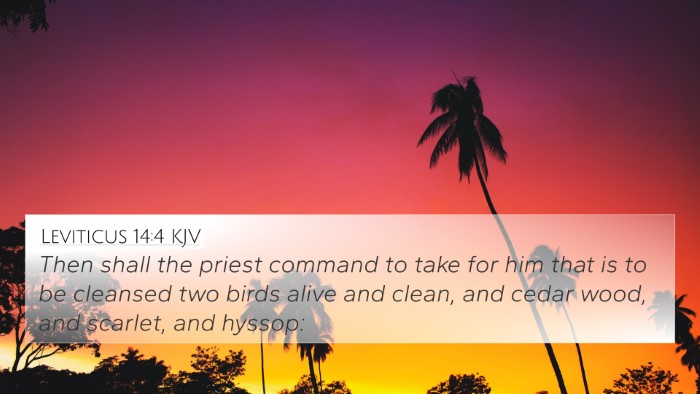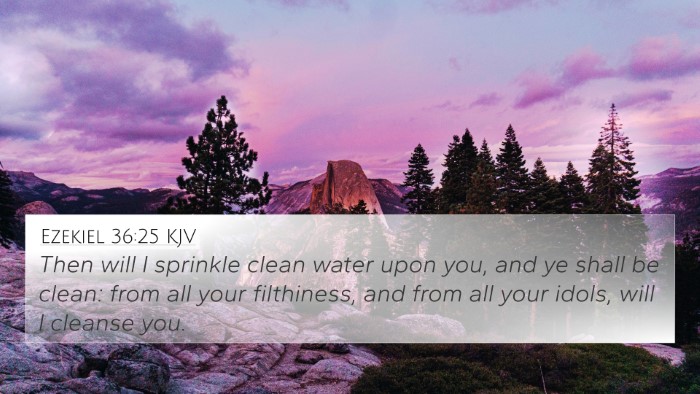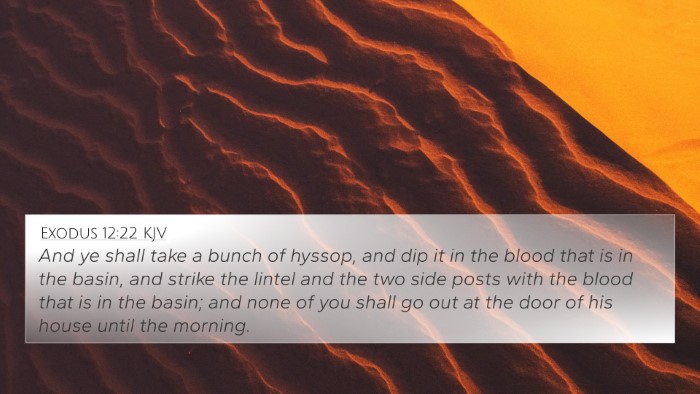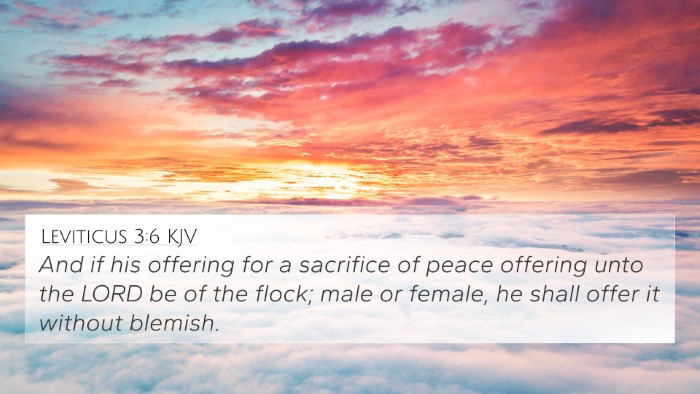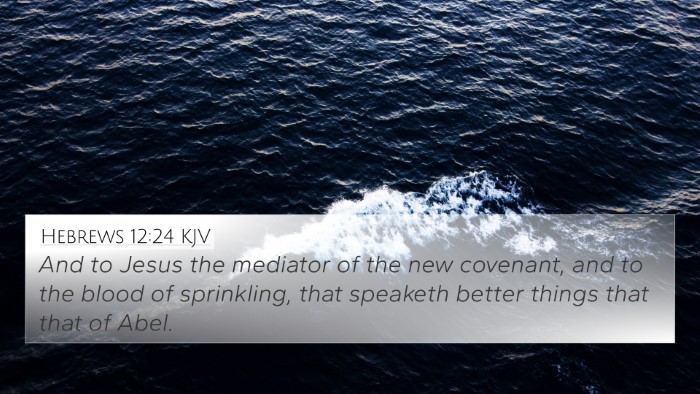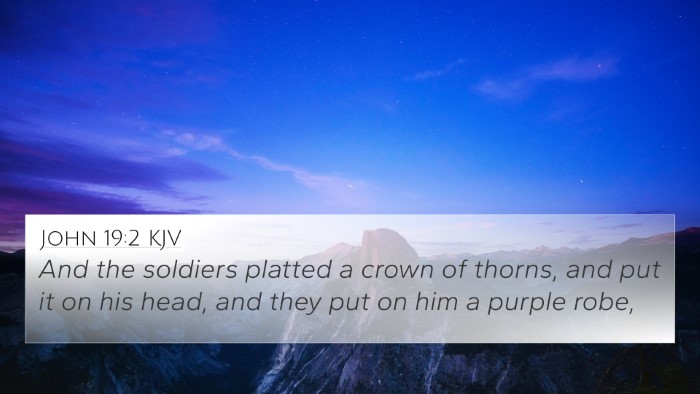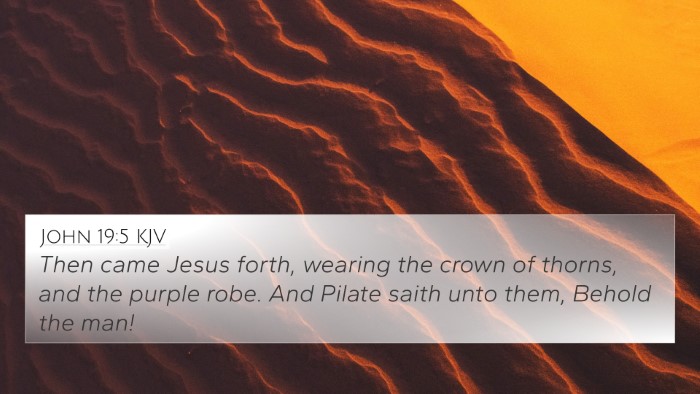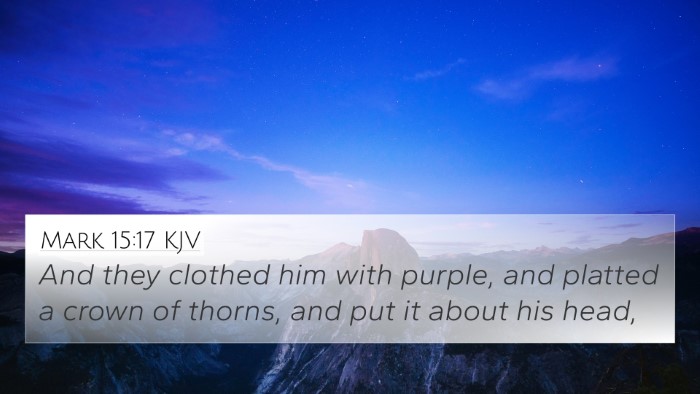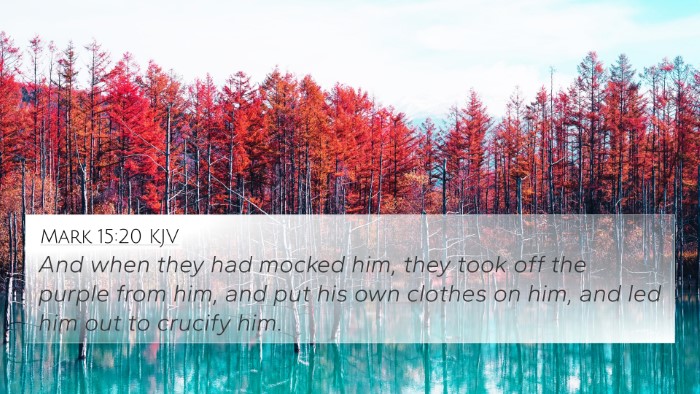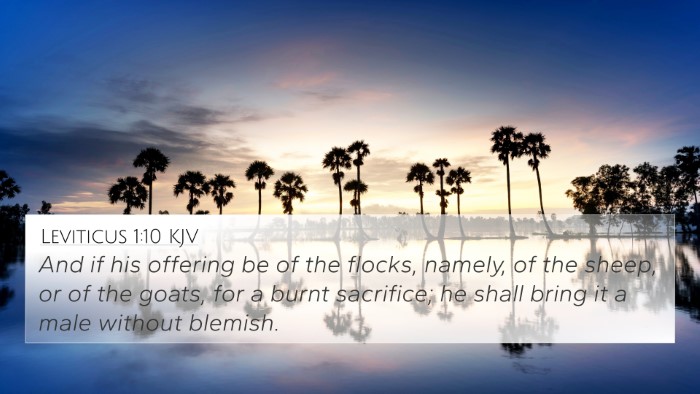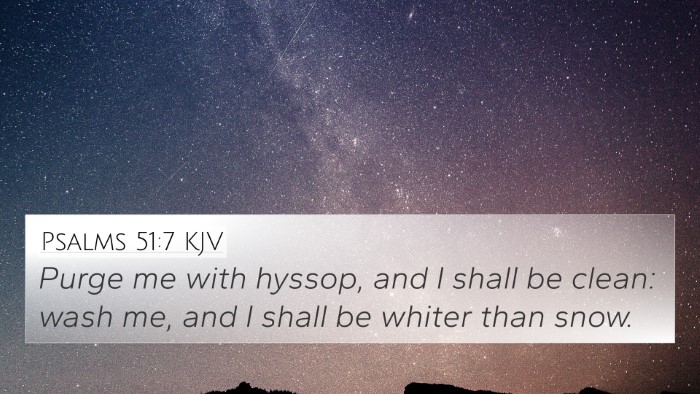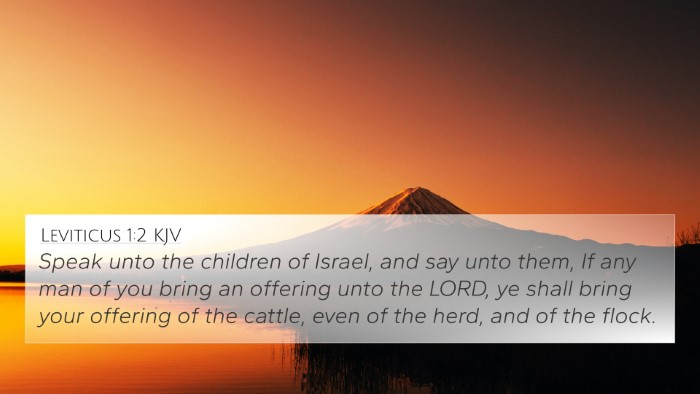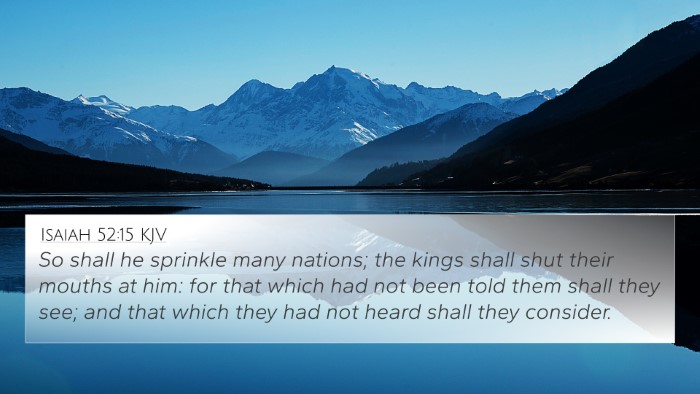Understanding Hebrews 9:19
The verse Hebrews 9:19 states, "For when Moses had spoken every precept to all the people according to the law, he took the blood of calves and of goats, with water, and scarlet wool, and hyssop, and sprinkled both the book, and all the people." This verse reflects a significant moment in the establishment of the Old Covenant, underscoring the importance of blood in the sacrificial system and the sanctification of the people and the law.
Contextual Significance
In the broader context of Hebrews, this passage emphasizes the differences between the Old Covenant and the New Covenant. The author of Hebrews seeks to convey to Jewish Christians that while the Old Covenant was established through the sacrificial blood, the New Covenant is established through the ultimate sacrifice of Christ.
Key Themes
- Blood and Covenant: The sprinkling of blood is a central theme demonstrating the necessity of sacrifice for the atonement of sin.
- Obedience to the Law: Moses' role in delivering God's law illustrates the importance of obedience to God's commands.
- Sanctification: The act of sprinkling signifies the sanctification of both the law (God’s word) and the people (God’s chosen). This marks them as set apart for God's purposes.
Commentary Insights
Matthew Henry: Matthew Henry notes that this act foreshadows the greater sacrifice of Christ, who would provide not only the blood needed for sprinkling but also the ultimate cleansing for sin.
Albert Barnes: Albert Barnes emphasizes the ceremonial importance of the rituals; Moses initiated the covenant through outlined responsibilities that required sacrifice, drawing parallels to Christ’s redemptive work.
Adam Clarke: Adam Clarke elaborates that the use of hyssop is symbolic in biblical traditions, often used for purification rites, connecting to the New Testament where Christ's sacrifice offers true purification of sin.
Cross References
This verse has several cross-references that deepen the understanding of its significance. Here are notable connections:
- Exodus 24:8 - Moses sprinkles blood on the people as a part of establishing the covenant with Israel.
- Leviticus 16:14 - Instruction on the use of blood in atonement, reflecting the sacrificial system.
- Hebrews 9:11-12 - Discusses Christ's priesthood and His sacrifice, establishing a direct link to the ultimate fulfillment of these sacrifices.
- Romans 3:25 - Highlights Christ as a propitiation through faith in His blood, establishing the New Covenant’s significance.
- 1 Peter 1:18-19 - Refers to the precious blood of Christ, akin to the sacrificial blood mentioned in Hebrews 9:19.
- Matthew 26:28 - Jesus refers to His blood of the New Covenant, paralleling the Old Covenant initiation.
- Hebrews 10:4 - A reminder that the blood of bulls and goats cannot take away sins, leading to Christ’s sacrificial role.
Theological Implications
The sacrifice and sprinkling described in Hebrews 9:19 not only represent the legal obligations under the Old Covenant but are also prophetic of the coming New Covenant through Christ. This allows for a comprehensive understanding of God's redemptive plan through the ages.
Practical Application
Understanding Hebrews 9:19 aids in grasping the seriousness of sin and the lengths God went to for reconciliation. It challenges believers to appreciate the grace afforded through Christ’s sacrifice and encourages a life of obedience and holiness, mirroring the required adherence to God’s law depicted in Moses' time.
Conclusion
Hebrews 9:19 serves as a pivotal verse illustrating the transition from the Old Covenant to the New Covenant. It highlights key themes of sacrifice, law, and sanctification that resonate throughout scripture, demonstrating profound connections between various biblical texts. This understanding enriches one's study and appreciation of the Biblical narrative as a cohesive whole.
Further Study Tools
For those engaged in cross-referencing biblical texts, utilizing resources such as a Bible concordance, Bible cross-reference guide, and engaging in cross-reference Bible study methods can enhance understanding and uncover thematic Bible verse connections.
